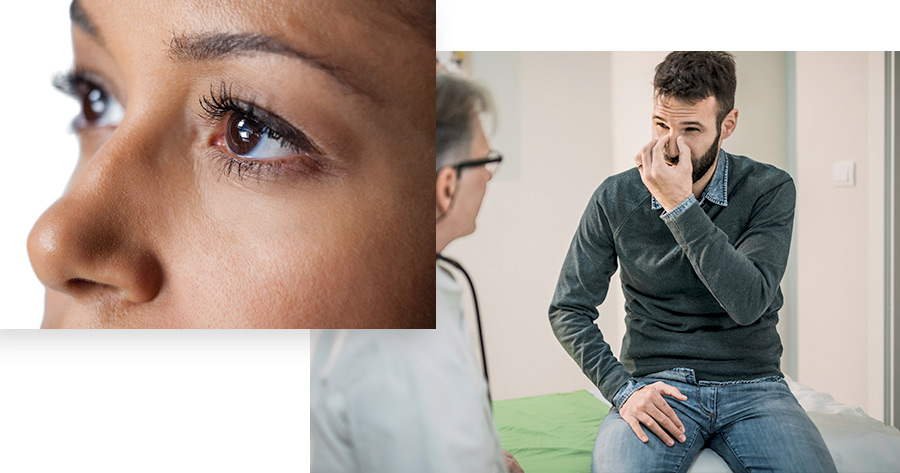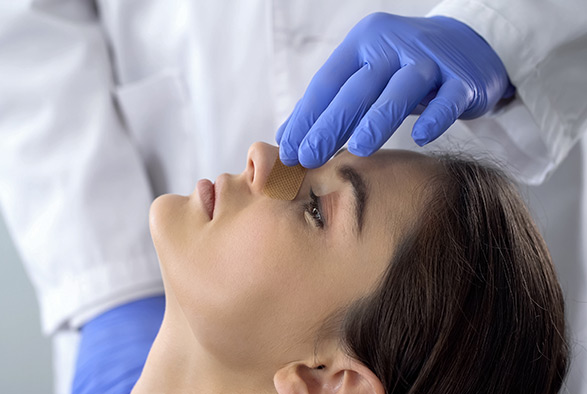Rhinoplasty, also known as nose surgery, reshapes the nose. While commonly performed for aesthetic reasons, it can also correct facial trauma, deformities, or breathing difficulties. Following rhinoplasty, patients enjoy increased self-confidence and a new nose that better matches their other facial features.

Candidates for rhinoplasty are at least in their teenage years and are unhappy with the appearance of their nose. They must be in good health and are considering surgery for their own personal goals. Individuals considering rhinoplasty need to have realistic expectations about the procedure.
If you are considering rhinoplasty, you will meet with a plastic surgeon to determine your candidacy. During the consultation, he or she will examine your face, review your medical history, and discuss your goals. Your plastic surgeon will develop a custom-tailored surgical plan, explain the possible results and risks, and answer any questions you may have about the procedure.

Several weeks before nose surgery, you will be provided with preoperative instructions. A physical examination and laboratory testing may be required to ensure the status of your health. Certain medications may need to be stopped at this point. Smokers will need to quit before surgery, as smoking can interfere with the healing process. To ensure a successful procedure and recovery, please follow all instructions carefully.
Rhinoplasty is performed as an outpatient procedure using either intravenous sedation or general anesthesia. If an open rhinoplasty is being performed, incisions are made across the columella, which separates the nostrils. If a closed rhinoplasty is being performed, small incisions are created inside the nose. The tissues surrounding the nose are then lifted and the nose is restructured. Once the nose has been properly reshaped, the tissues are replaced and incisions are closed. The nose might be placed into a splint, which is usually removed after a week.

Patients return home the same day as their rhinoplasty procedure. For the first week after surgery, you will not be able to blow your nose. Glasses cannot be worn on the nose for several weeks after nose surgery; however, contact lenses can be worn immediately afterwards. Most swelling subsides within a month after rhinoplasty, and all swelling should be gone within a year.
There are certain risks associated with rhinoplasty, although they rarely occur. These may include bleeding, nasal drainage, breathing problems, infection, complications from the anesthesia, or pronounced scarring. To minimize the occurrence of complications, always choose a board-certified plastic surgeon and follow all preoperative and postoperative instructions closely. You can also ask to see before and after nose surgery results to better understand the potential outcomes.
To learn more about rhinoplasty, contact us today to schedule a consultation with our board-certified plastic surgeon. Our practice serves Long Island, Queens, New York City, Bergen County, and all surrounding areas. During your consultation, we can discuss your goals and review impressive before and after rhinoplasty surgery results.

Receive skincare tips, news and special offers!